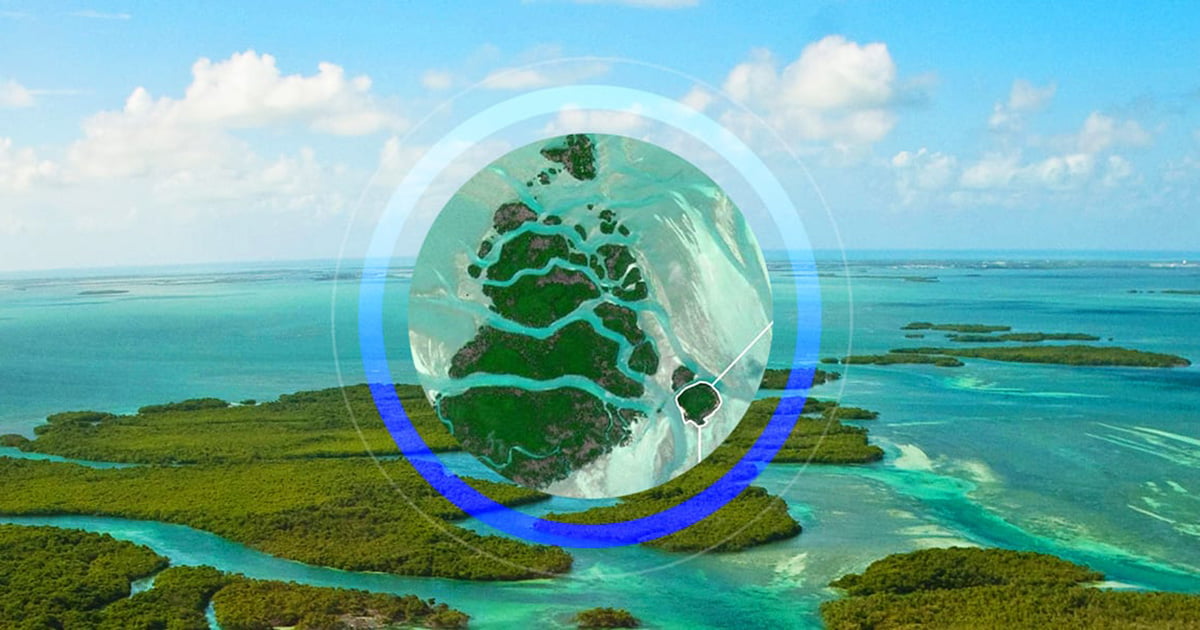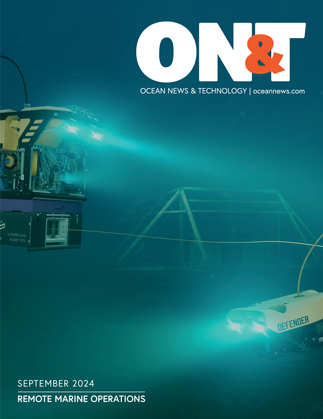“This collaboration could not come at a more important time in helping our coastal communities remain vibrant now and, in the future,” said NOAA Administrator Rick Spinrad, Ph.D. “Combining NOAA’s ocean and coastal expertise with Esri’s long history of user-centered tools will unlock the true value of these data in the hands of the communities that need them most.”
Currently, vital ocean and coastal data exist across a patchwork of disconnected sources and can require significant translation before use by stakeholders. The agreement between NOAA and Esri seeks to break down those barriers to accessible and understandable data so that all users can take advantage to create a bigger and stronger blue economy.
“The ocean covers 70 percent of our planet, and yet its terrain and ecosystems remain some of the most unknown on the planet,” said Jack Dangermond, Esri president. “We are happy to collaborate with NOAA to help make their comprehensive and authoritative ocean and coastal data a mapping resource for decision-making, conservation, and education.
As part of the agreement, NOAA and Esri will build a prototype ocean and coastal data hub demonstration project that turns big, potentially overwhelming amounts of data into local issue-relevant information like conservation planning or renewable energy siting. The hub will provide a proof of concept for harnessing NOAA data and translating them into actionable knowledge. It will also serve as a key component in the development of cross-sector partnerships and collaborations among ocean community organizations, NGOs, academia and the private sector needed to help identify gaps in understanding and initiatives.
The end goal is to design an ocean and coastal data information system that not only can show users where to go to access data, but also inform users on how best to interpret and use that data. It will be a place where different visitors can go for answers to wide-ranging questions, including but not limited to information on places to fish, impacts to fisheries, or the location of the latest nautical charts. After six months and the completion of the demonstration project, NOAA and Esri will reevaluate their agreement and decide how to move forward.
NOAA and Esri have a long history of collaborating together on tools aimed at demystifying ocean, weather and climate data for users of all types. This includes the creation of Heat.gov as well as the Climate Mapping for Resilience and Adaptation (CMRA) portal. Both websites provide easily accessible and interactive geospatial information to help decision makers and stakeholders learn about climate hazards impacting their communities.
In addition to designing user-centered data portals, Esri, founded in 1969, is a pioneer in geographic information system (GIS) software, having helped develop some of the first mapping and spatial analytics technology.

